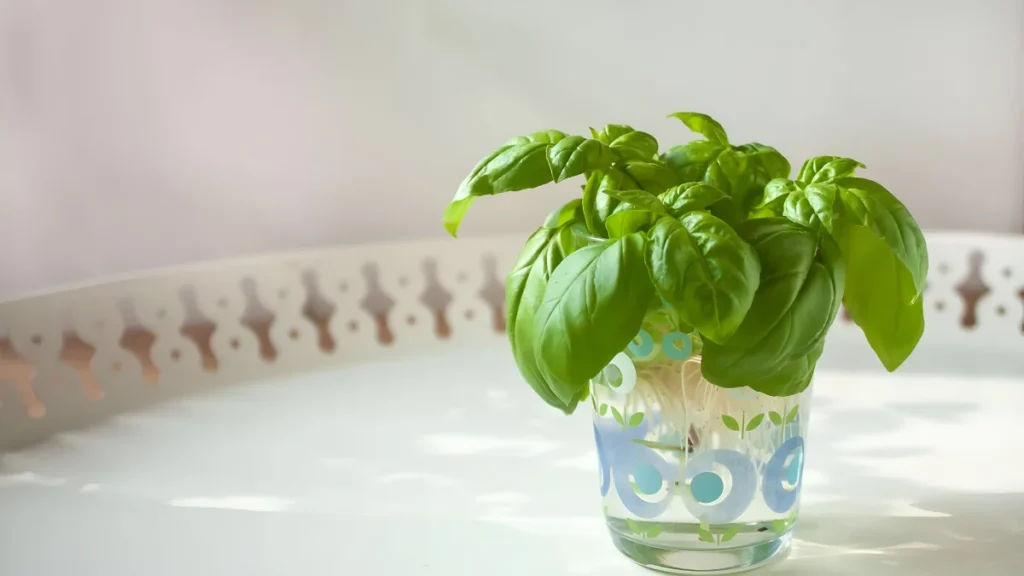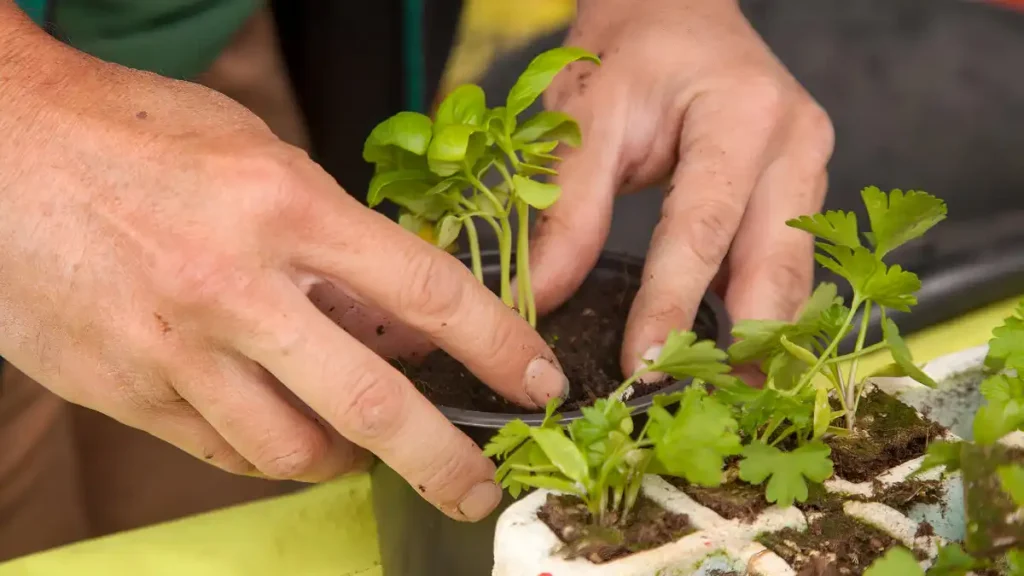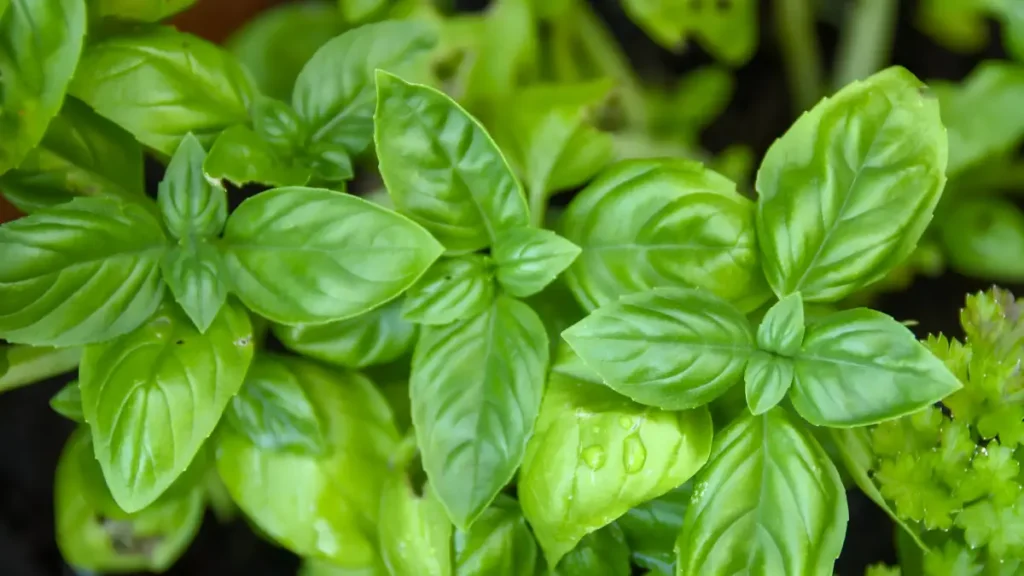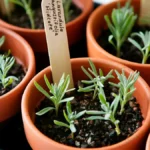A quick and easy method for creating new plants from old ones is to propagate basil. Basil cuttings are typically taken below a leaf node, concentrating growth hormones. Soaked or inserted into the soil, they grow roots and establish themselves for transplantation. This technique increases basil production and ensures consistent harvests throughout the growing season. This is a step-by-step tutorial on how to propagate basil.
Discover the ideal time to propagate basil:
When the basil plant is actively growing, late spring or early summer, is the ideal time to propagate it. Basil has enough energy right now to grow new roots, which facilitates the establishment of cuttings. You may reproduce basil plants by seed or cuttings at any time of year if you cultivate them indoors or in a greenhouse. Start basil seeds 6–8 weeks before your area’s last frost if you wish to start from seed indoors and transplant them outside later. Wait to spread the seed until all chance of frost has passed and the temperature is beyond 50 F (10 C) if you want to direct sow outside.
This is an in-depth manual on how to propagate basil from cuttings:
If you’ve ever stored freshly cut basil stems in water for cooking as needed, you’ve probably observed that after about a week, the stems start to sprout new roots. Basil grows easily in water and has to be regularly watered and refreshed. You’ll need a clear container, clean water, and a sharp, sterilized snipper.
- Choose fresh, leafy basil stems that are green in abundance. Stems that are weak or blooming should not be clipped.
- Using a clean, sharp knife or scissors, cut the stems slightly above a node, which is the point where a leaf meets the stem. Make a 45-degree cut.
- The top two or three sets of leaves remain after removing the lower leaves from the cutting.
- Wet the potting mix or add water to a clean glass or jar.
- Make sure the node is completely submerged before inserting the stem’s cut end into the rooting liquid.
- If using rooting hormone, apply it as directed on the product label to the cut end of the stem.
- The glass or jar should be placed in a bright, warm area—not in the direct sun.
- Cover the glass or jar with a clear plastic bag or a cloche to maintain humidity.
- Roots should develop within 1-2 weeks. Once roots have developed, you can transplant the new basil plant into a pot or garden bed.

A detailed tutorial on how to propagate basil in soil:
Growing basil cuttings in soil bears similarities to growing them in water. Both approaches are easy to use and typically work well. assemble a sterile, sharp snipper, fresh leaves on stalks of basil, Planting mix, tiny pots or cell trays (minimum 1-2 inches deep), water, and liquid or powdered rooting hormone (Optional).
- Moistened potting mix should be added to the small pots or cell trays.
- Bury the chopped end of the stem in the ground until it reaches the node (the place where the cut was made). Gently compact the earth.
- Apply rooting hormone to the cut end of the stem as directed by the product’s instructions, if using it.
- Thoroughly but gently water the soil.
- The pots or cell trays should be placed in a bright, warm area away from direct sunlight.
- To keep the humidity levels stable, place a cloche or a clear plastic bag over the pots or cell trays.
- It should take 1-2 weeks for roots to appear. You can take off the cloche or plastic bag once the roots have grown.

Conclusion:
To sum up, propagating basil is an easy and efficient method of creating new plants from older ones. You can quickly reproduce your basil plants and guarantee a steady supply of fresh herbs by employing techniques like stem cuttings or seed sowing. The young plants will flourish if the propagation procedure is handled properly, which includes giving them enough light, water, and warmth. Whether you’re a novice or an expert gardener, you understand how to propagate basil by following this guide.
Certainly! If you’d like to learn more, please consider following our WhatsApp Channel: Harvest Gardening
A frequently asked questions:
Q1: How to propagate basil from flowers?
A1: Gather the seeds from the dried flower heads of the basil plants after letting the blossoms dry on the plant. Sow the seeds in the ground and make sure they stay moist until they sprout.
Q2: Is it better to root basil in water or soil?
A2: Basil is best rooted in water because it’s easier to keep an eye on it and avoid overwatering; that being said, rooting in the soil can produce thicker, more durable roots that can be transplanted later.
Q3: Can basil propagate in water?
A3: Yes, basil can propagate in water. All you have to do is put a cutting of basil in a glass of water, and after a few weeks, it will start to grow roots.



